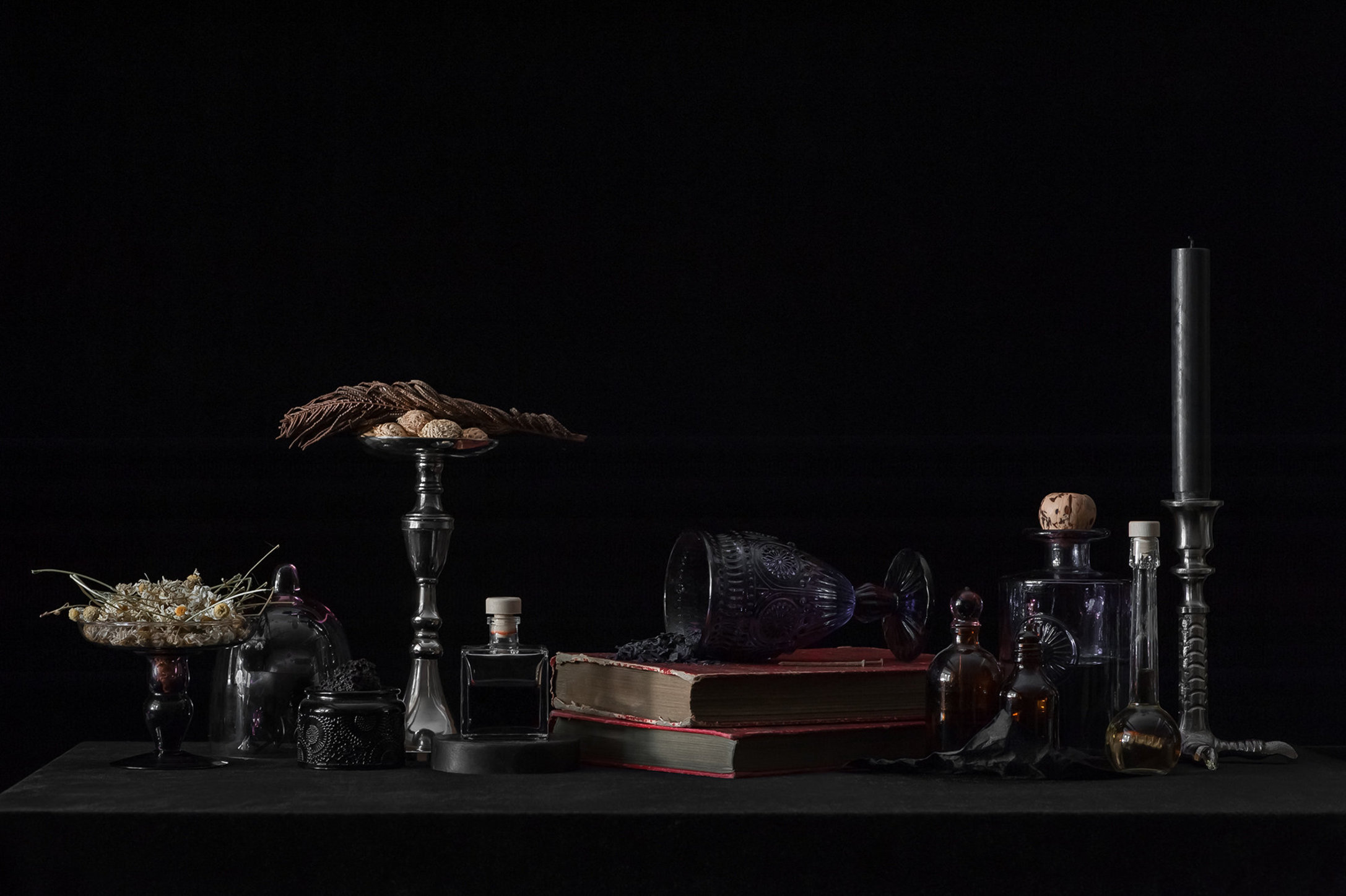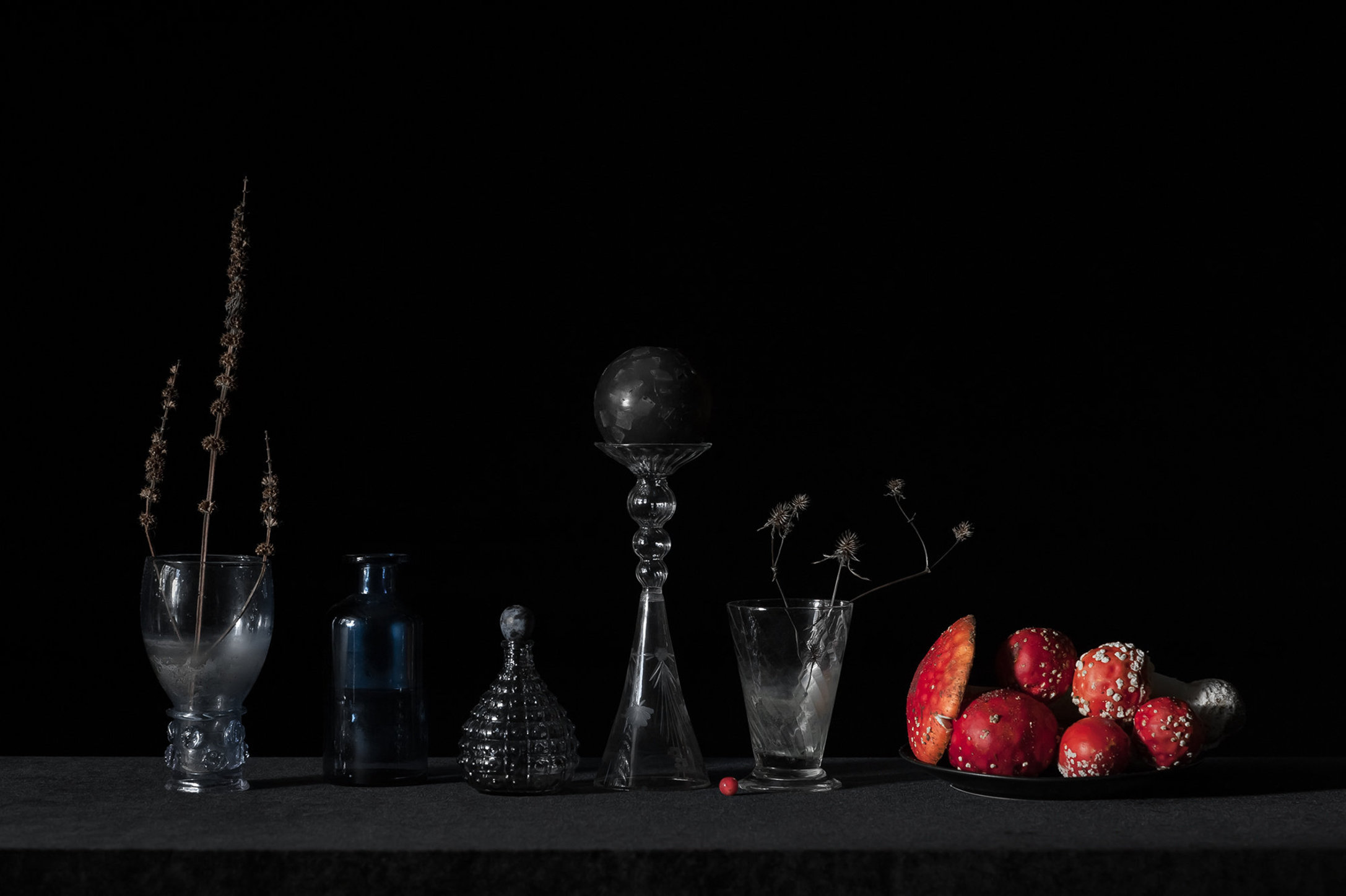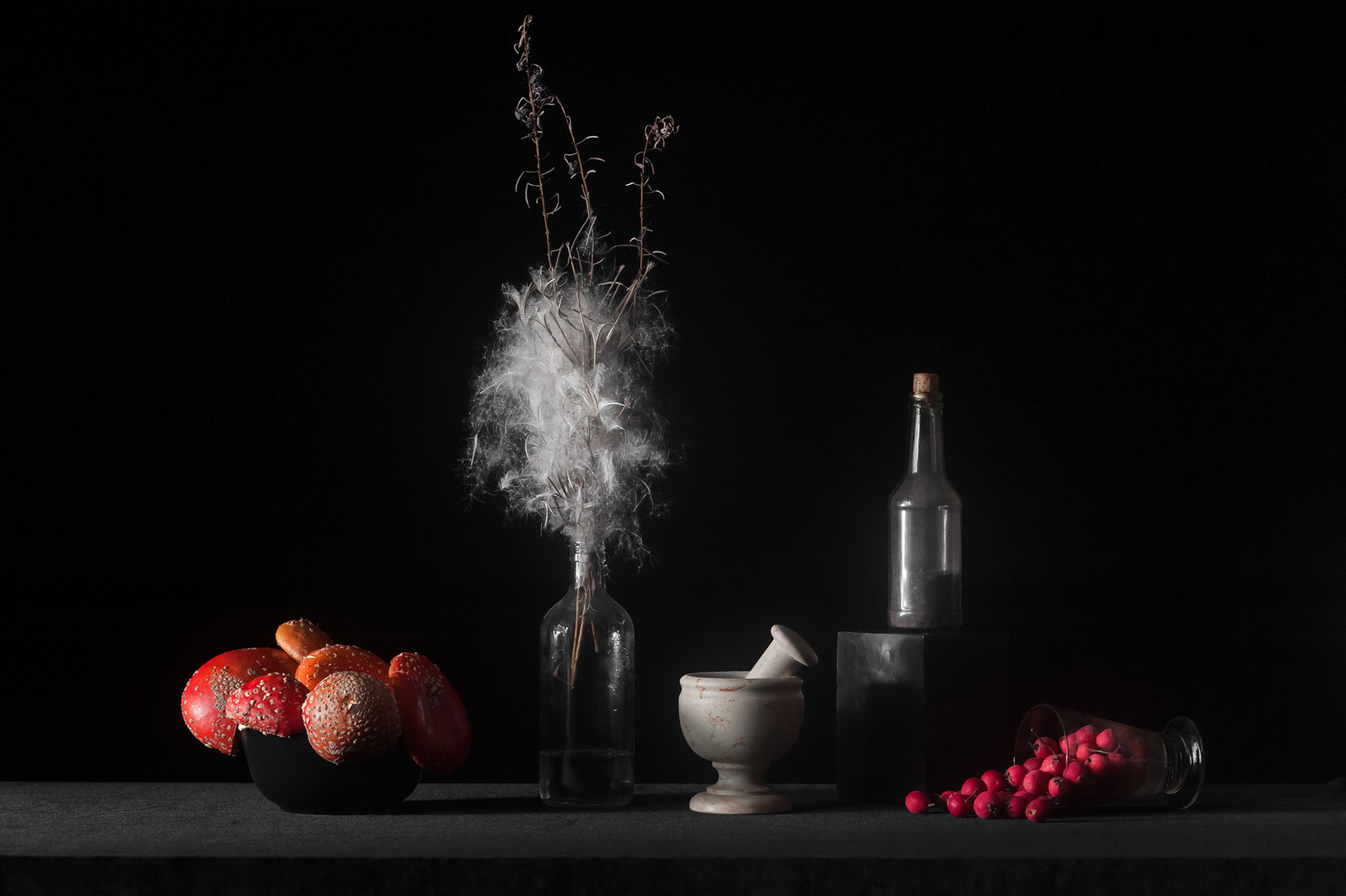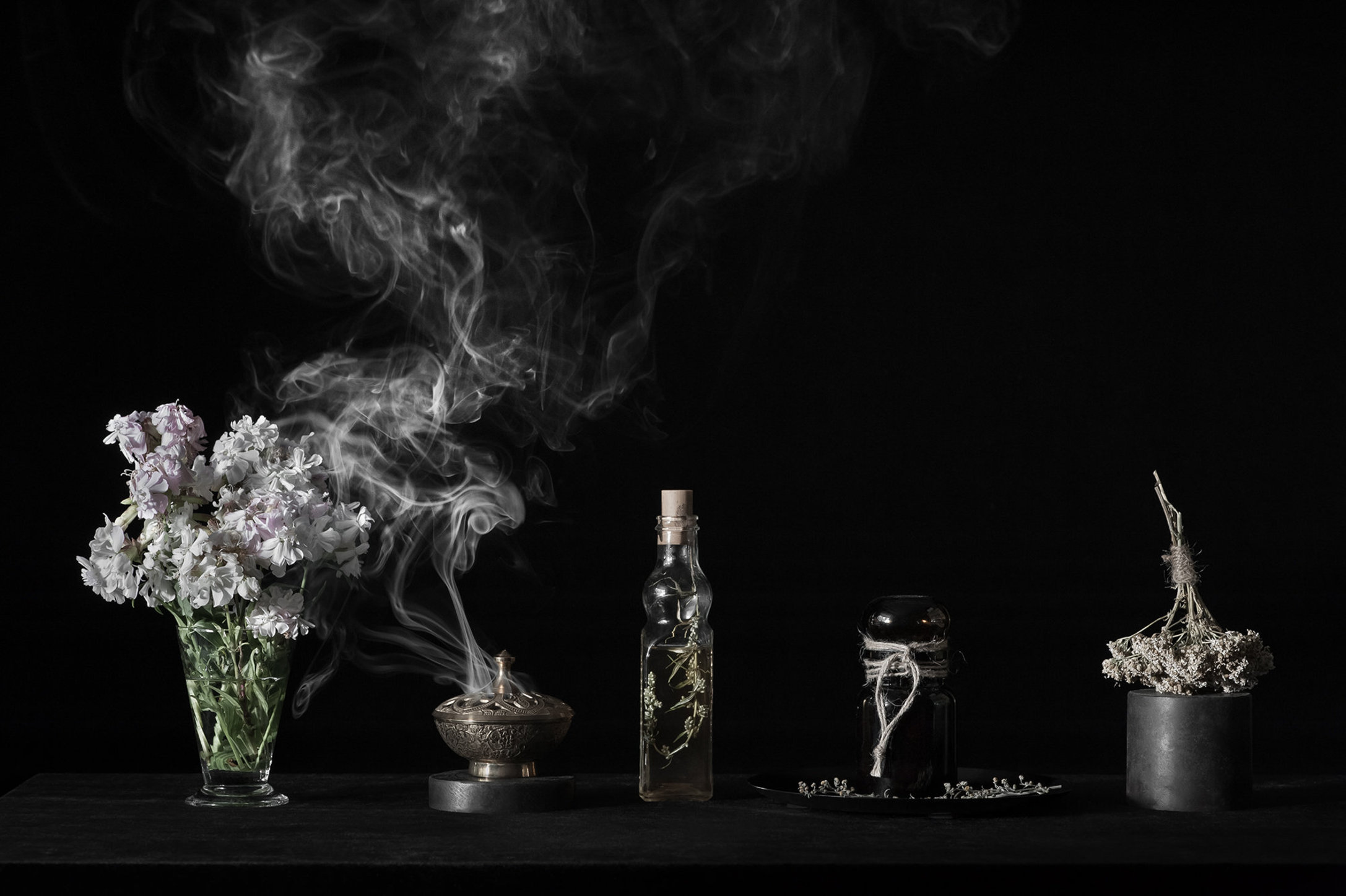Into the woods: the Russian photographer seeking ancient knowledge with deep matriarchal roots
Photographer Irina Grigoryeva has spent years chasing the remains of Russia's ancient folk rituals, tracing the outlines of ancient beliefs and matriarchal knowledge that Christianity has not been able to wash away.
In 2012, Russian novelist Evgeniy Vodolazkin released Laurus, a book that tells the curious story of a herbalist and healer in medieval Russia. It was translated into English three years later, and sparked a wider interest in both the occult and practical folk medicine in Russia.
It was also around that time that Moscow-based photographer Irina Grigoryeva met Lena, a herbalist healer who became the central subject of Grigorieva’s photo project, Pagan Poetry, a series exploring humanity’s relationship with nature. Together, they roamed the scythed fields and thick forests of the Moscow region, searching for, and collecting mushrooms and herbs: the same rituals that Grigoryeva carried out as a child with her grandfathers, who were herbalists themselves. For several years, Irina and Lena travelled and explored together, sharing personal memories and collective ancestral knowledge to find out what is it that lies beyond religion, folklore, paganism and shamanism that retains such a grip on our imagination.
Grigoryeva grew up in Voskresensk and its neighbouring villages in the Moscow region, where her family has lived for generations. The landscape itself is a seamless tapestry running though time. “Decades later, I’m looking at the same fields that my grandfather and his father saw, and it feels really empowering,” Grigoryeva says. She spent most of her childhood in the woods, wandering the meadows of Marchugi, or by the river. She would also take part in family rituals: preparing nettle shampoos or sagebrush incense against the mosquitos, or burning items that symbolised old memories onto a communal bonfire come spring, for the new beginnings that the season brings. It was full of magic — something Grigoryeva did not fully realise until she left for the capital to study and work. Later on, her photography helped to reconstruct those memories that really shaped her.
Both Grigoryeva and Lena draw inspiration from their grandmothers, who were strongly bound with nature and knew both which plants were edible and which had curative properties. Both women grew up amid revolutions, wars, and hunger, and often turned to the roots, quite literally, to survive. “My grandmother used to get through the winters by eating dehydrated or fermented herbs she had collected in the summer,” Lena says. Grigoryeva also remembers her grandmother putting fresh fly amanitas mushrooms over her leg in a bid to alleviate pain. But today, the very practical relationship that a whole older generation of women had with nature is ignored as folk medicine, or painted as mystical and occult.




Grigoryeva did not want to romanticise the characters in her project, or turn it into an ode to modern paganism or conscious witchcraft. She also did not look for breathtaking landscapes to set her visual narrative, instead keeping her character in their natural habitat, in the otherwise unassuming corners of the Moscow region. “The pine forest, lakes, abandoned summer houses, the oak grove, and the river bed are my points of power. I feel like I belong here. In places like this, magic doesn’t just appear and pour through you. You’ve got to find it in the old huts, derelict mansions, and meadow flowers,” says Lena. The pair left the region only once in 2015 to shoot Ivan Kupala Night celebrations (most famously captured in Tarkovsky’s Andrei Rublev) taking place in the neighbouring Kaluga region. Grigoryeva felt it was essential to capture the Kupala bonfire in the project, so as to embody the element of fire. The three other elements — water, earth, and air — are also visually present in the series, as well as anthropomorphic trees and references to Paracelsus, the Swiss doctor and philosopher who pioneered the use of chemicals and minerals in medicine. He was one of the first medical professors to recognise that doctors needed knowledge of natural sciences. His work is referenced in a form of nature-mortes praising the idea of a self-healing Earth that gets reborn and is constantly evolving.
It was at these Kupala celebrations that Grigoryeva had her first encounter with mummers’ plays: folk plays performed by troupes of amateur actors. Masks are at the core of each performance, and there is often a deeper meaning behind the seemingly cheerful shows. During the play, the actors face situations that help audiences prepare for real-life problems. While working on the series, Grigoryeva studied such traditional collective rituals and the deep psychological meaning they hold, while still being connected on a very practical level with the agricultural calendar and astrology. But while there is no hint of witchcraft in such practices, archetypes and Russian folklore still strongly link these events with the occult.
“In fairytales, the forest is the place of initiation. A hero meets Baba Yaga, solves riddles, performs magical assignments,” says Grigoryeva. There is usually a symbolic death of Vasilisa or Ivanushka in the world of ordinary people — until they become heroes who have passed the test of life and death.”
Follow Alisa Gorshenina, Dmitry Ermakov, Fedor Telkov or watch this film to find out how other contemporary Russian artists reconnect with the spirit-dwelling forests of the country.